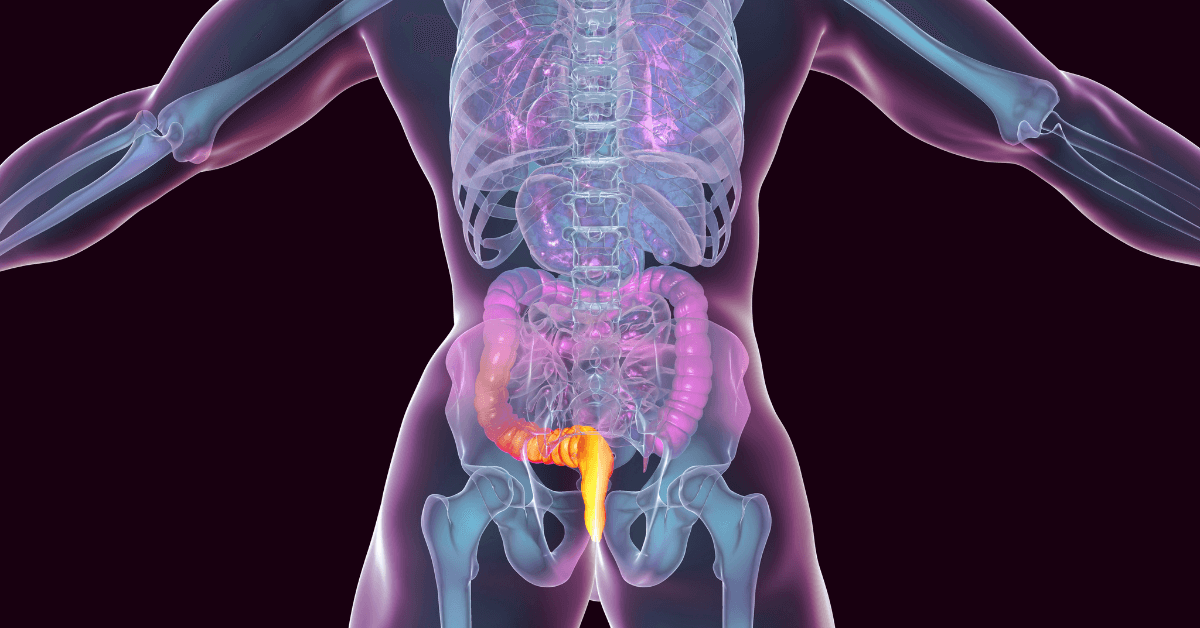The Rise of Laser Technology in Medicine
In the ever-evolving field of medical treatments, advancements in laser technology have made significant strides, particularly in the treatment of conditions that once required invasive surgeries. One such condition is the pilonidal cyst, a painful and often recurring condition that affects many individuals. Traditionally, treatments for pilonidal cysts have involved surgery, which can be painful and require long recovery times. However, with the introduction of advanced laser treatments, such as Sinus Laser-Assisted Closure (SiLaC®), patients now have access to a safer, more efficient alternative.
This blog delves into the advancements in laser technology, specifically Sinus Laser-Assisted Closure (SiLaC®), and explores how this innovative pilonidal cyst treatment is transforming the treatment of pilonidal cysts. We’ll look at the benefits, the procedure, the recovery process, and why SiLaC® is becoming a preferred option for many patients.
1. What Are Pilonidal Cysts?
Before we dive into the specifics of SiLaC® procedure, it’s essential to understand what pilonidal cysts are and how they develop. A pilonidal cyst is an abnormal pocket of tissue that usually forms near the tailbone, at the top of the crease of the buttocks. These cysts can become infected, leading to pain, swelling, and abscesses. While the exact cause is not always clear, pilonidal cysts are believed to develop when hair and debris get trapped under the skin, causing inflammation.
In many cases, pilonidal cysts may not cause significant discomfort initially. However, over time, they can become infected or develop into abscesses, requiring medical intervention. When this happens, traditional surgical options are often considered, which can result in long recovery times, recurrence, and increased risk of infection.
2. The Role of Laser Technology in Treating Pilonidal Cysts
Laser technology has revolutionized the way many medical conditions are treated, and pilonidal cysts are no exception. Traditional treatments often involved cutting and draining the cyst, followed by a lengthy healing process. These procedures were not only painful but also carried a risk of recurrence.
Advancements in laser technology, particularly the development of Sinus Laser-Assisted Closure (SiLaC®), have provided a minimally invasive, highly effective pilonidal cyst treatment. SiLaC® uses laser energy to treat the cyst, offering a number of benefits over traditional methods.
A. What is the SiLaC® Treatment?
Sinus Laser-Assisted Closure (SiLaC®) is a laser-based procedure that uses a focused laser to remove the cyst and close the cavity without the need for traditional incisions. During the SiLaC® procedure, a laser fiber is inserted into the pilonidal sinus, where it emits high-energy laser light to carefully remove the cyst tissue. The energy from the laser promotes tissue healing, while simultaneously sealing the surrounding tissue to minimize the risk of infection and recurrence.
The SiLaC® treatment is considered a cutting-edge advancement due to its ability to treat pilonidal cysts with minimal discomfort, reduced recovery time, and a lower rate of recurrence compared to traditional surgical methods.
3. Benefits of SiLaC® Treatment for Pilonidal Cysts
SiLaC® offers a range of benefits, making it an attractive option for patients suffering from pilonidal cysts. Here are some key advantages of this innovative pilonidal cyst treatment:
A. Minimally Invasive Procedure
One of the primary benefits of SiLaC® is that it is a minimally invasive procedure. Unlike traditional surgery, which often requires large incisions, SiLaC® only requires small access points for the laser fiber. This reduces the trauma to surrounding tissues and decreases the risk of complications.
B. Reduced Recovery Time
Traditional pilonidal cyst surgeries often involve long recovery periods, with patients needing to stay off their feet for weeks. SiLaC® treatment, on the other hand, offers a much quicker recovery time. Most patients can return to their daily activities within a few days to a week, making it a convenient option for those with busy lifestyles.
C. Lower Risk of Recurrence
One of the main concerns with traditional pilonidal cyst surgeries is the potential for the cyst to recur. SiLaC® has been shown to have a lower recurrence rate compared to traditional methods, as the laser energy promotes better tissue healing and closes the cyst cavity more effectively. This reduces the likelihood of future cyst formation.
D. Minimal Scarring and Discomfort
Traditional pilonidal cyst surgery can lead to noticeable scarring and significant post-operative pain. SiLaC®, being minimally invasive, typically results in smaller scars and less post-procedure discomfort. Most patients report experiencing only mild discomfort following the treatment, which can be managed with over-the-counter pain relievers.
E. Faster Healing and Reduced Risk of Infection
Laser energy not only removes the cyst but also sterilizes the treated area, reducing the risk of infection. The procedure’s precision promotes faster healing, as there is minimal tissue damage, and the body’s natural healing processes are enhanced.

4. How Does SiLaC® Compare to Traditional Treatments?
When considering SiLaC® procedure for pilonidal cysts, it’s important to compare it to traditional methods. Let’s examine the differences in terms of procedure, recovery, and outcomes.
A. Traditional Surgical Methods
Traditional surgery for pilonidal cysts typically involves cutting into the affected area, draining any infection, and removing the cyst. While this approach can be effective, it is often associated with longer recovery times, higher rates of recurrence, and more significant scarring. In some cases, patients may require multiple surgeries to fully resolve the issue.
B. SiLaC® Procedure
In contrast, SiLaC® is a minimally invasive laser treatment that is highly effective in treating pilonidal cysts with fewer risks. Patients experience reduced post-procedure pain, faster healing, and a lower risk of recurrence. SiLaC® also eliminates the need for stitches and large incisions, making it a much less invasive option.
5.The SiLaC® Treatment Process
The doctor performs the SiLaC® procedure on an outpatient basis, allowing patients to go home the same day. Here’s an overview of what to expect during the SiLaC® treatment process:
A. Initial Consultation and Diagnosis
The first step in treating a pilonidal cyst with SiLaC® is a consultation with a qualified healthcare provider. During this visit, your doctor will evaluate your condition, perform a physical exam, and discuss your medical history to determine if SiLaC® is the right pilonidal cyst treatment for you.
B. Pre-Procedure Preparation
Before the procedure, your doctor may recommend some preparatory steps, such as cleaning the affected area and possibly taking a mild sedative to ensure comfort during the procedure. Local anesthesia is typically administered to numb the area and minimize discomfort.
C. Laser Treatment
After numbing, the doctor inserts the laser fiber into the pilonidal sinus, where it emits energy to remove the cyst and close it. The entire procedure typically takes about 30 minutes to an hour, depending on the complexity of the cyst.
D. Post-Procedure Care
After the procedure, most patients can return home the same day. Your healthcare provider will provide instructions on caring for the treated area, including avoiding excessive physical activity and keeping the area clean to promote healing.
6. Recovery and Aftercare for SiLaC® Treatment
One of the main reasons patients opt for SiLaC® is the quick recovery time. Since it is a minimally invasive procedure, most patients experience minimal downtime and can resume their daily activities within a few days to a week.
However, it’s important to follow the aftercare instructions provided by your healthcare provider to ensure the best results. These instructions typically include:
- Keeping the treated area clean and dry
- Avoiding heavy physical activity or strenuous exercise
- Taking over-the-counter pain relievers, if necessary
- Scheduling follow-up appointments to monitor the healing process
7. Is SiLaC® Right for You?
Advancements in laser technology have made SiLaC® a highly effective pilonidal cyst treatment, especially for those who are looking for a minimally invasive solution with a quick recovery time. However, it is not suitable for everyone. If you have a complex or large pilonidal cyst, your doctor may recommend alternative treatment options. It’s important to have a thorough consultation with a healthcare provider to determine the best course of action for your specific case.
Conclusion: The Future of Pilonidal Cyst Treatment
Advancements in laser technology, such as Sinus Laser-Assisted Closure (SiLaC®), have made it possible to treat pilonidal cysts with greater precision, less discomfort, and faster recovery times. This innovative pilonidal cyst treatment offers patients a safe and effective alternative to traditional surgical methods, with a lower risk of recurrence and fewer complications.
If you are suffering from a pilonidal cyst, SiLaC® may be the solution you’ve been looking for. Consult with our qualified healthcare provider today to learn about this treatment and start your journey to relief.



